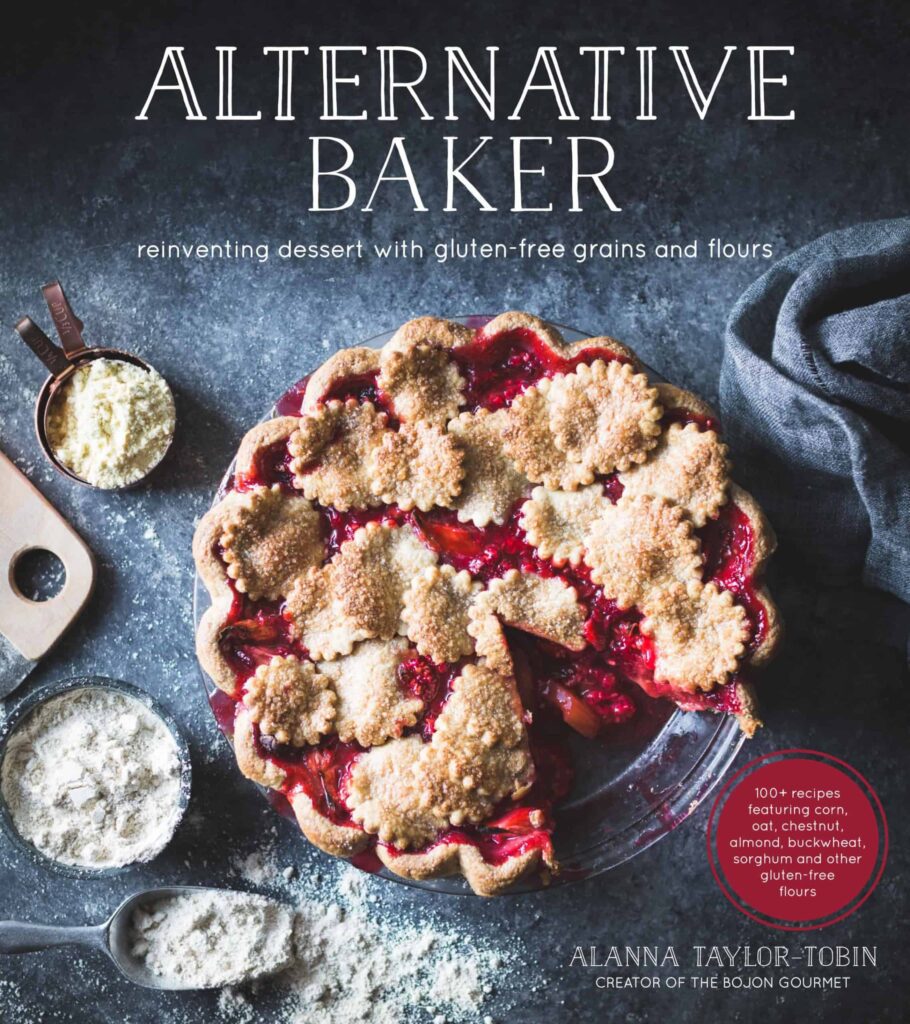As awareness of gluten sensitivities and celiac disease continues to rise, more people are turning to gluten-free diets. Luckily, there are numerous alternative flours and grains available that can be used in place of traditional wheat flour. Almond flour is a popular and nutrient-rich alternative, whereas coconut flour is low-carbohydrate and high in protein and fiber. Brown rice flour is a great source of nutrients, while buckwheat flour is gluten-free and high in fiber and protein. Quinoa flour is a great way to add protein to your diet, and oat flour is high in fiber and has a mild nutty flavor. Experiment with different flours to find the ones that work best for your dietary needs.
Introduction:
Going gluten-free has become increasingly popular in recent years due to the rise in awareness of gluten sensitivities and celiac disease. While it may seem daunting to give up traditional wheat-based flours, it doesn’t mean you have to sacrifice flavor or nutrition. There are numerous alternative flours and grains available that can be used in place of traditional wheat flour in your favorite recipes.
Almond Flour:
Almond flour is a popular and nutrient-rich alternative to wheat flour. It is made from ground almonds that have been blanched and skinless. Almond flour is rich in protein, healthy fat, and vitamin E. It makes an excellent choice for baking cakes, cookies, and other desserts. However, it is not recommended for bread making as it doesn’t contain gluten.
Coconut Flour:
Coconut flour is another popular alternative to wheat flour that is low in carbohydrates and high in protein and fiber. It is made from the pulp of the coconut and has a subtle coconut flavor. Coconut flour is an excellent choice for baking gluten-free bread, muffins, and other baked goods. However, it absorbs more liquid than regular flour, so it is essential to use a smaller amount than traditional wheat flour.
Brown Rice Flour:
Brown rice flour is made from ground brown rice and is an excellent source of fiber and nutrients such as magnesium and vitamin B. It has a nutty flavor and can be used in baking, pancakes, and pizza crusts. Brown rice flour is also an excellent thickening agent for sauces and soups.
Buckwheat Flour:
Despite its name, buckwheat flour is not related to wheat and is gluten-free. It is made from grinding the seeds of the buckwheat plant and has a nutty, earthy flavor. Buckwheat flour is high in fiber and protein, making it an excellent choice for pancakes, waffles, and bread. It can also be used to add texture and nutrition to baked goods when mixed with other flours.
Quinoa Flour:
Quinoa flour is made from ground quinoa seeds and is rich in protein, fiber, and essential amino acids. It has a slightly nutty taste and can be used in baking, pancakes, and bread. Quinoa flour is an excellent choice for those who want to add more protein to their diets as it has more protein than any other flour.
Oat Flour:
Oat flour is made from ground oats and is high in fiber and protein. It has a mild nutty flavor and is an excellent choice for baking and pancakes. Oat flour is also an excellent thickener for soups and sauces.
Conclusion:
Going gluten-free does not mean you have to limit your recipe options. By using alternative flours and grains, you can still enjoy your favorite recipes while also adding more nutrients to your diet. All of the flours mentioned above have unique nutritional benefits and flavor profiles. Be sure to experiment with different flours to find the right ones that work best for you and your dietary needs.
